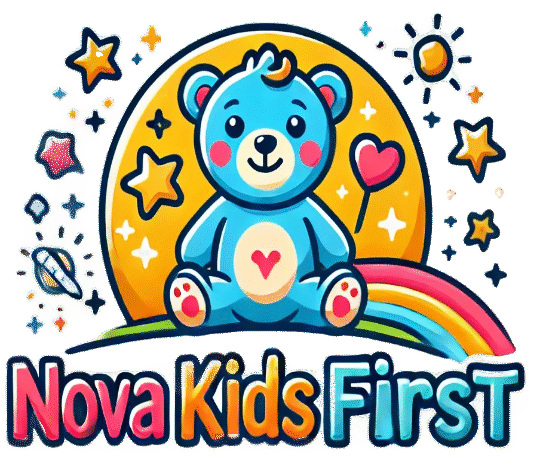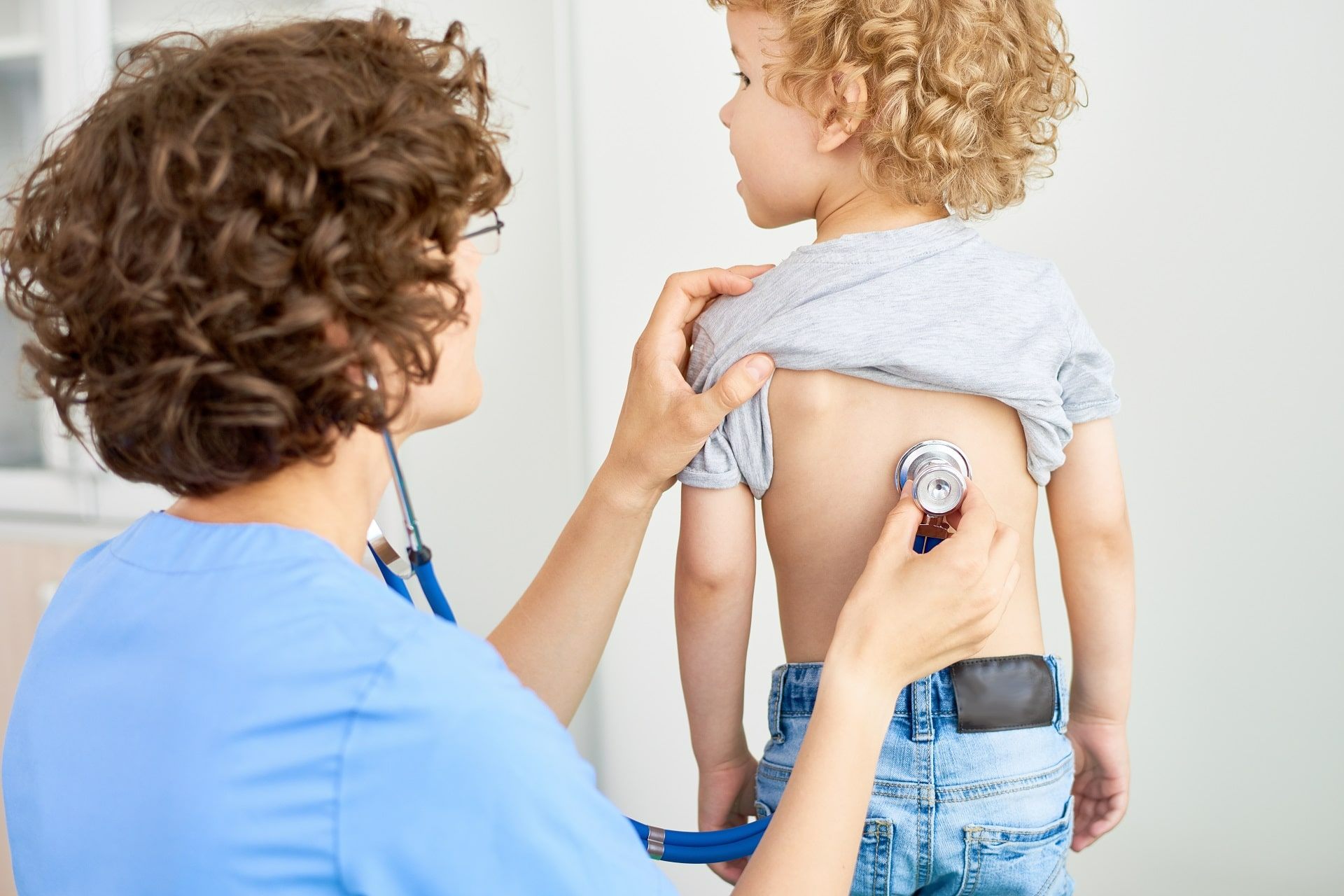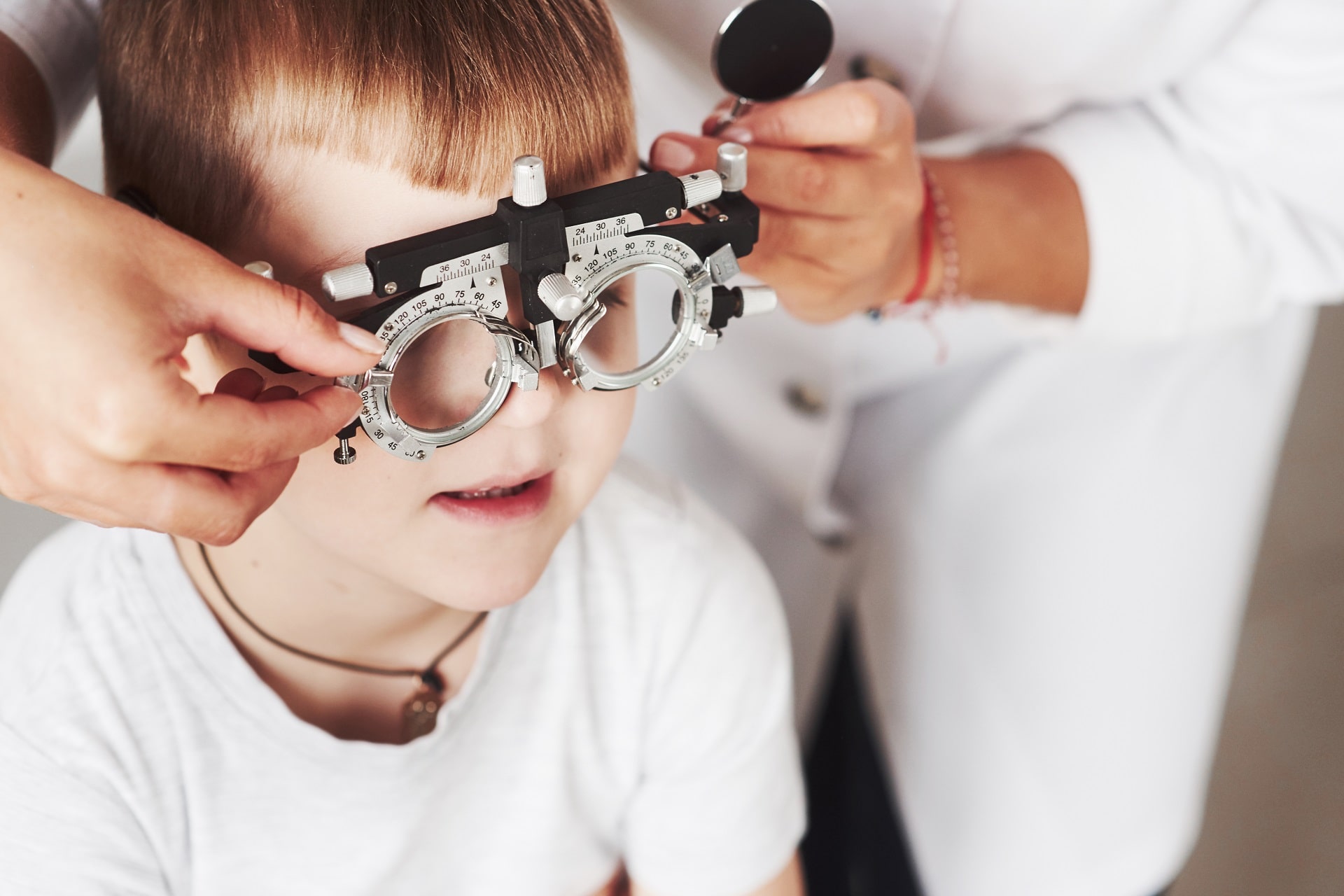What Is Sleep Apnea?
There are two main types:
- Obstructive Sleep Apnea (OSA): The most common in children. This happens when something blocks the airway—often enlarged tonsils or adenoids.
- Central Sleep Apnea: Less common. This occurs when the brain doesn’t signal the muscles to breathe properly.
Signs to Watch For
Children with sleep apnea may not always snore loudly like adults. Look for:
- Snoring or gasping during sleep
- Long pauses in breathing while sleeping
- Restless sleep or frequent awakenings
- Daytime tiredness or falling asleep during the day
- Morning headaches
- Behavioral issues or trouble focusing in school
- Bedwetting (especially if it returns after being dry)
- Slow growth or weight gain problems
How Is It Diagnosed?
If sleep apnea is suspected, your doctor may recommend a sleep study (called a polysomnography) that monitors your child overnight. This test checks for breathing patterns, oxygen levels, heart rate, and more.
Treatment Options for Kids
🩺 Medical Interventions
- Tonsillectomy and adenoidectomy: Surgery to remove enlarged tonsils or adenoids is often the first-line treatment and can be very effective.
- CPAP therapy: If surgery isn’t an option or doesn’t fully resolve the apnea, a CPAP machine (Continuous Positive Airway Pressure) may be recommended to keep your child’s airway open during sleep.
- Oral appliances: In select cases, dental devices may help reposition the jaw to improve airflow.
🏠 At-Home Care and Lifestyle Tips
- Encourage healthy weight: If your child is overweight, gradual weight loss can help reduce symptoms.
- Establish a consistent sleep routine: Going to bed and waking up at the same time every day can improve sleep quality.
- Limit screen time before bed and avoid caffeine-containing foods or drinks.
- Address allergies or congestion: Saline sprays or allergy medications may reduce nighttime nasal blockages.
When to Talk to Your Doctor
Call your pediatrician if you notice:
- Loud snoring or gasping sounds at night
- Frequent sleep disturbances or tiredness during the day
- Mood changes or learning difficulties
- Bedwetting after previously staying dry
- Concerns about growth, behavior, or attention
Early diagnosis and treatment can make a big difference.
Final Thought
Sleep apnea can affect more than just your child’s sleep—it can impact their health, mood, and daily performance. The good news is that it’s treatable. With medical support and healthy sleep habits, your child can breathe easier and wake up ready to thrive.




